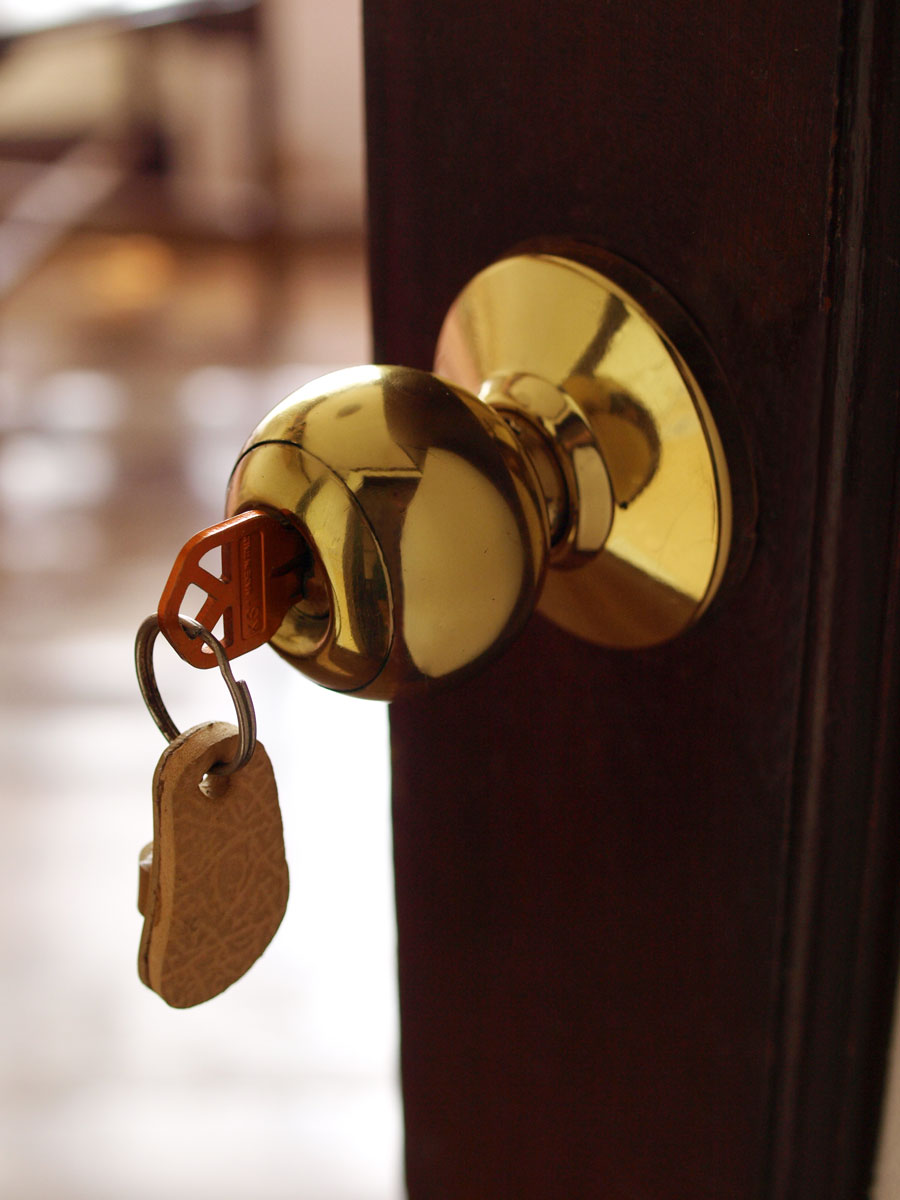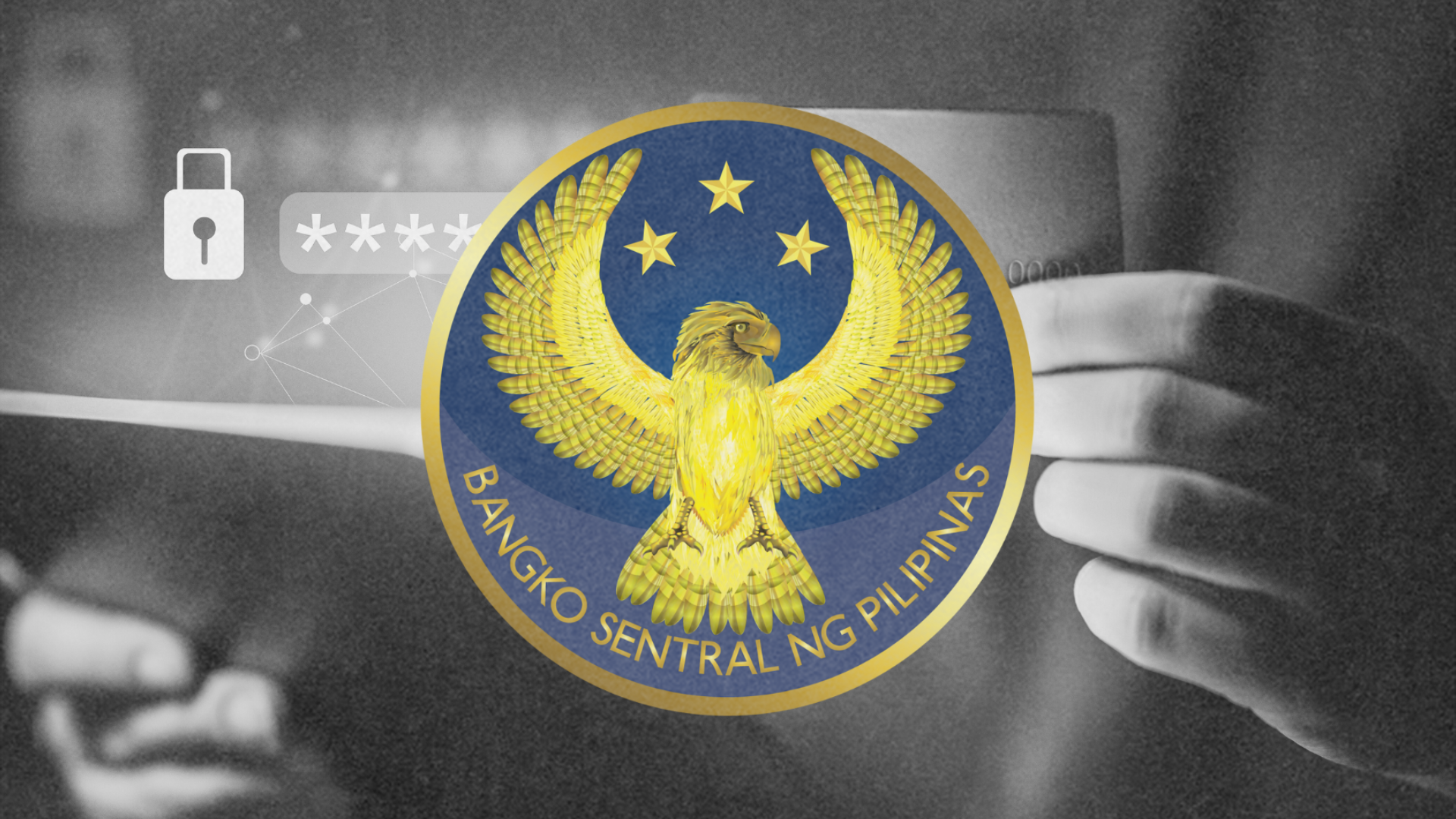Finding a place to stay is always a major concern for any traveler. Whether it be a luxury hotel or a budget accommodation, the choices all lead to one thing: a comfortable and safe place to stay for the duration of the trip. It acts as an anchor point to all the sightseeing, shopping and dining. Given that it will be the second home of a tourist, it can make or break a vacation. But more than that, the safety of a hotel is a measure of how safe an area or a city is, and as such, can be targets for untoward incidents.
Hotels are considered to be major soft targets and high-risk areas for terror attacks. Occurrences in recent memory include the bombings in Jakarta, Indonesia on July of this year and hostages as the one in Mumbai, India on November 2008. Hotels hold an attraction as targets with the symbol these structures provide: a microcosm of the world itself with businessmen and travelers of different nationalities congregating in one location. It also symbolizes a world that is ordered and safe. Further, it is considered to be one of the civilian centers in a city, a business district or an island. It is no surprise that the impact of targeting such structures can be very devastating. At the bare minimum, the business of the hotel is severely affected. To a larger extent, both tourism and the economy are also pulled down. This kind of political risk has adverse effects on any country.
Placed in the context of the Philippines, with three million foreign visitors annually and poised to have a tourism boom, the country is not spared from the effects of such threats. A bomb blast or a hostage takeover can immediately wipe out the gains made in the tourism industry. The recent bomb blasts at the Marriot and Ritz Carlton in Jakarta hit close to home. Being a country in the same geographic region and with a similar profile, threats remain high. There is that risk of a failure in tourism security in the Philippines given that it has happened in other areas.
Moreover, there is an Islamist extremist group in the country, the Abu Sayyaf, which has links to al-Qaeda and the bombers in Indonesia. In the past, the group has been responsible for a number of bombings in the country and has held people in an island resort in Palawan hostage. As such, the group’s signature is mostly related to bombings. They are considered to be one of the greatest threats to tourism security. This said, recent developments have rendered a reassessment of the threat posed by the extremist group. Over the past few months, the Philippine military has made efforts in weakening the group with continuous combat exchanges. Even with these gains though, they still remain a risk to national security until they are completely annihilated.
Given such circumstances and perceived threats, five star hotels have strengthened their security. Shangri-La Hotel Makati has set-up their own security systems to deter untoward incidents. To counter threats, they have placed inner and outer cordons with armed guards and bomb sniffer dogs. At hotel entrances, guests pass through metal detectors and luggage passes through bag checks. These inclusions, as part of the hotel infrastructure, create a reliable security framework for the luxury group. Further, the hotel hasn’t had any security breaches and the rest of the chain in the Philippines has likewise experienced the same level of safety.
The hotel where the mutineers and the Philippine government had a stand-off took place right across Shangri-La, at the Manila Peninsula Hotel. Mr. Mariano Garchitorena, the Director of Public Relations at the Peninsula said that they already had strict security measures in place when this event happened. Certain security measures weren’t able to counter this event. Being a five-star hotel as well, they have similar security procedures as Shangri-La. On one hand, it was an opportunity to review measures that would be more effective. Moreover, the hotel management has also implemented stricter policies since then. With the policies in place, Peninsula has bounced back and regained its levels of occupancy.
Another five-star hotel, Heritage Manila has a comprehensive disaster program that they have distilled into a manual. With regards to their security system, they have 100 security guards for the entire property, 137 CCTV cameras in the hotel and an undisclosed number in the casino, bomb sniffing dogs, communication link to Pasay City police, and procedures and policies for vehicles parked along the driveway.
In terms of the security threat level of the country, Shangri-La security considers the Philippines as a high-risk area, along with Indonesia, India and Pakistan. But this should not be confused that the level of threat is always high in the country. The level of security in their hotels is based on the determined threat and the current circumstance of a country. This means that when a bombing occurs in another place, when there is heightened security, or when there are reports from the government, non-government and international organizations, the hotel acts accordingly.
Security measures at five star hotels have improved over the course of the years and will be further consolidated. Future inclusions for the security infrastructure in these five-star hotels include acquiring of equipment that detects drug, metal and bomb vapor. These equipment fill in the gaps in security and provide additional safety features for these hotels. Other future hotel developments have taken all aspects in security into account and will integrate it to building construction instead of a retrofit as to what current hotels are doing. Given that these luxury hoteliers also need create a seamless security inspection that does not deter comfort and hospitality, further developments already deal with human-centric design where people are being inspected with the least possible invasiveness. This means that security equipment will be part of the built environment instead of an afterthought after the building is built. Ultimately, this will be the future of security in hotel management.
Hotels that have a lower rating however do not have the same measures or developments in safety and security as the five-star hotels. The Makati Palace Hotel, a three-star rated hotel, has less security procedures. One guest from Alabama, USA, mentioned that “security was minimal and was not at their post at all hours of the day.” This breach in security shows that there is an opening for any untoward incident. Legend Villas in Mandaluyong, another three-star hotel, has stricter security policies with inspection in driveway and at the front door, there are no x-ray scans and dog sniffers. For this hotel, however, Irish, American and Australian visitors rate it well and state that their perceived security and safety is high in this place. The level of security for these two hotels differs and may have divergent outcomes in hypothetical attacks. But as compared to luxury hotels, they still have less security measures.
Is a measure of security then proportional to the level of luxury of a hotel? Are certain precautions taken by luxury hotels going past effective security measures? Of course, given the perception that more luxurious hotels are marked soft targets than other types of accommodations, they have spent more on building their safety and security gives a sense of safety for their patrons. Further, having less security measures stem from the perception that lower rated hotels will not be targeted as their impact is not as wide as directing terror incidents towards five-star hotels. This is misguided though. Lower rated hotels are as much a soft target as higher rated ones and the impact of terrorist attacks in these areas can have the same impact on a country. Additional security measures are always welcome and provide for additional prevention.
Given this, efforts of hotels, especially those with gaps in security, need to be supplemented. Hotels can only provide security up to a certain extent and can only reach a level or prevention and protection within their responsibility. Their areas of responsibility involve the immediate vicinity of their properties and problems that relate to terrorism go beyond that. Dealing with terrorist attacks in these edifices needs counterintelligence and further deal with the root cause of problem. A country that bases part of its economic resiliency on tourism, joint efforts between hotel operators and concerned government agencies is a must. What is important is that there should be a concerted effort in all different aspects of the tourism industry.
The country actually tightened security after the bombings in Jakarta. As such, efforts for further prevention and additional security measures were put in place. Interior Secretary Ronaldo Puno said more than 200 closed-circuit television (CCTV) cameras have been installed in strategic areas around metropolitan Manila, mostly where people congregate such as shopping malls and transport terminals. He also added that security check points have been added and sniffer dogs have been deployed to further strengthen security. These areas are considered to be intergral to creating a holistic framework in preventing and mitigating terrorist attacks in the country. A hotel cannot be isolated from other areas. It is part of a larger network where civilians pass, head off to, and congregate. In Metro Manila, this is most likely true as there are malls in a 2 kilometer radius of a hotel. Prevention in all areas allows for greater prevention in one.
Has this worked?
Last September 9 to 11, Manila hosted the 2009 International Conference on Green Industry in Asia (ICGIA) to 1,200 delegates composed of government ministers and officials from different regions in Asia, businessmen, and leaders from civil society. In addition to the security measures provided by the different hotels, protection has been heightened with the deployment of 4,200 members of the Philippine National Police (PNP) in various parts of the metro. PNP Chief Director General Jesus Verzosa said that all intelligence units monitored possible threats that may affect the meeting, both locally and internationally. Given that this is considered to be an important event by the government, heightened security was established and deployed. As a result, the event went smoothly with participants remaining safe for the duration of the conference. The current procedures and measures in security proved to be effective.
Further, according to Department of Tourism statistics, hotel occupancy in Metro Manila has remained around 70% and is considered to be a sign of increased confidence in the Philippines as a safe tourist destination. Resorts World Manila and Oakwood recently opened, while Raffles Hotel will be opening within a couple of years. What partly underlies this statistic is the effort put forth by hotels in relation to security concerns. Increased security measures has allowed for better safety in hotels and surrounding areas. It is a welcome development for a country that partly relies on tourism for its income. More so, this has given the tourism industry in the country a shift in perception from being a dangerous place to visit to one that is secure, safe and more importantly enjoyable.
Ultimately, developing security measures and procedures remain relevant. As long as the world deals with terrorism, hotels will be considered as soft targets and the efforts to deal with security issues for this aspect of tourism will continue to improve.







One response to “Security Measures in Hotels”
The recent incident at the Hotel Intercontinental in Kabul is very alarming